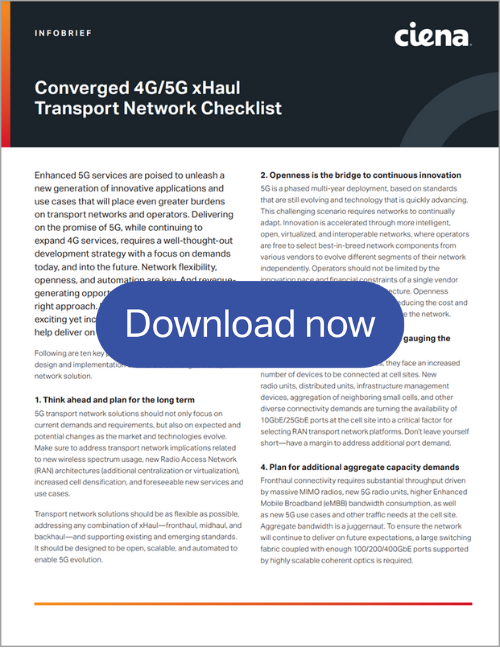5G network design is full of challenges, but there are resources to make it less daunting
5G networks are poised to unleash a new generation of applications that will further accelerate the pace of innovation to improve our lives. At the core of this transformation, Mobile Network Operators (MNOs) are faced with the daunting challenge of quickly turning new technologies into services, with all the business and technical complexity involved. In such a challenging environment, breaking the problem into parts and getting clear guidance on concrete steps to follow is extremely valuable.
In our discussions with MNOs around the world, we identified three major sets of business challenges they are facing within their 5G plans:
The first and foremost challenge is to make the 5G business case profitable. The investments are enormous – 85% of operators’ CAPEX of $620 billion for the period 2021-2025 is expected to be driven by 5G (according to GSMA Intelligence, in Mobile Economy 2022, Feb 2022) and subscribers are not expected to readily accept significant rate hikes. MNOs are thus left with the difficult task of finding monetization paths to unlock new revenues while making sure every CAPEX and OPEX dollar is spent most effectively.
The second group of challenges concerns urgency – the need to be agile in rolling out 5G coverage and advancing its performance, despite complexity and constraints. MNOs are fighting to lead 5G in their markets, and agility to deliver 5G signals to new areas and enhance the mobile broadband experience translates into increased subscriber acquisition, customer loyalty, and brand recognition. To stay ahead of the competition, MNOs are deploying as much as they can, as quickly as they can, with a phased approach to 5G deployments. They are progressively deploying new wireless spectrum, additional radio units, multiple new tools, and densifying their networks. To support this continuous evolution, network platform flexibility is critical.
The third set of obstacles relates to technology uncertainty. 5G standards, tools, and architectures continue to evolve, and many must still prove their performance and cost benefits overcome the added complexity. Nevertheless, MNOs are making substantial 5G investments now, and they must get it right. While still investigating and experimenting with O-RAN, C-RAN, and edge cloud, to name just a few transformative technology forces, MNOs must future-proof their investments, making sure the platforms they select will live long in their network and enable their 5G services evolution.
 A checklist for converged 4G/5G xHaul network transport
A checklist for converged 4G/5G xHaul network transport
How do MNOs efficiently balance profitability, urgency, and uncertainty? How do they address the need to minimize costs while enabling network monetization? How do MNOs quickly and progressively deliver 5G coverage and performance, while mitigating investment risks despite uncertainty and rapid change?
As it relates to the underlying converged transport network, Ciena has been gathering best practices and critical high-level requirements from leading MNOs and combined them into a Converged 4G/5G Transport Network Checklist.
This checklist provides a list of ten principles to consider when designing a mobile transport network to make it future-proof and turn it into a catalyst for differentiation that facilitates the continuous and efficient evolution of both network and services.
Download the checklist to learn how to make the most of this exciting yet increasingly complex environment, with streamlined tips to get your 5G xHaul transport network investments right.









